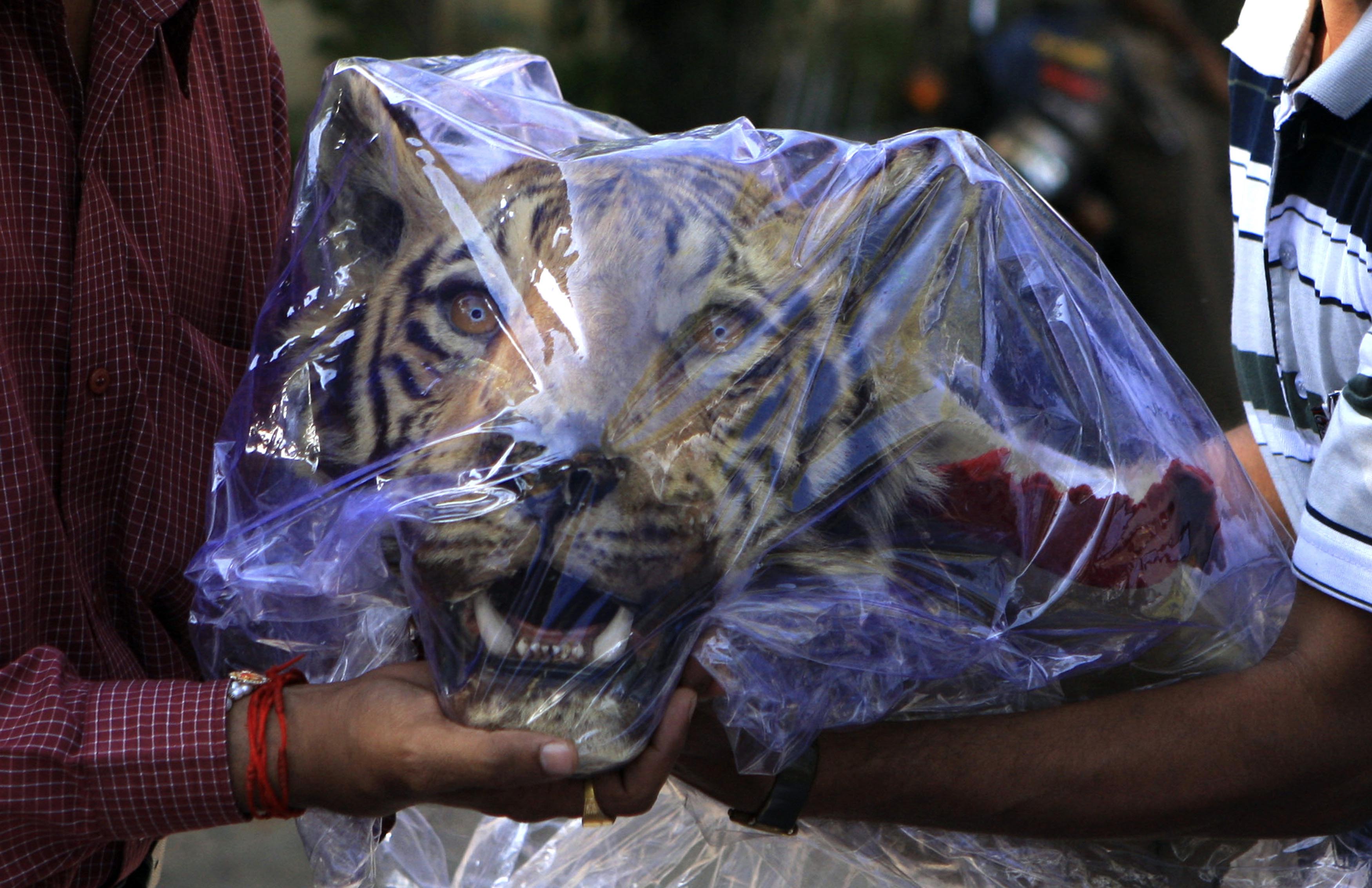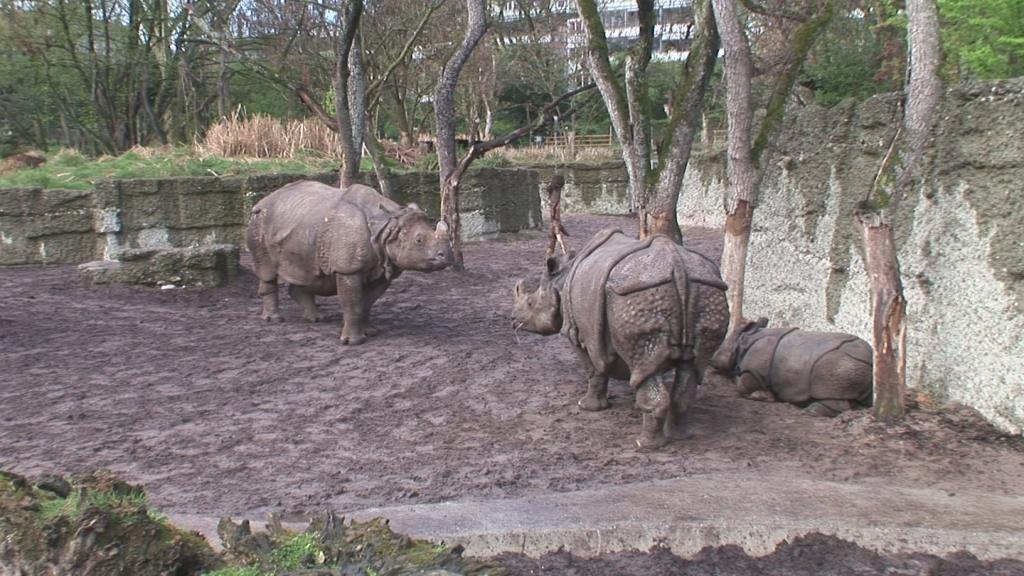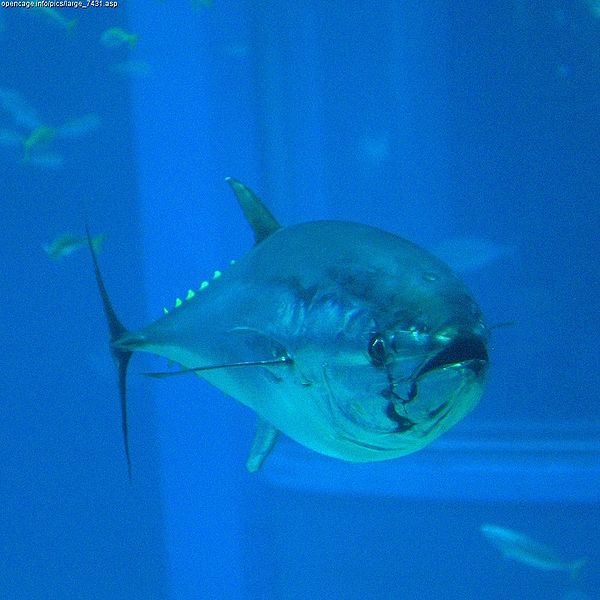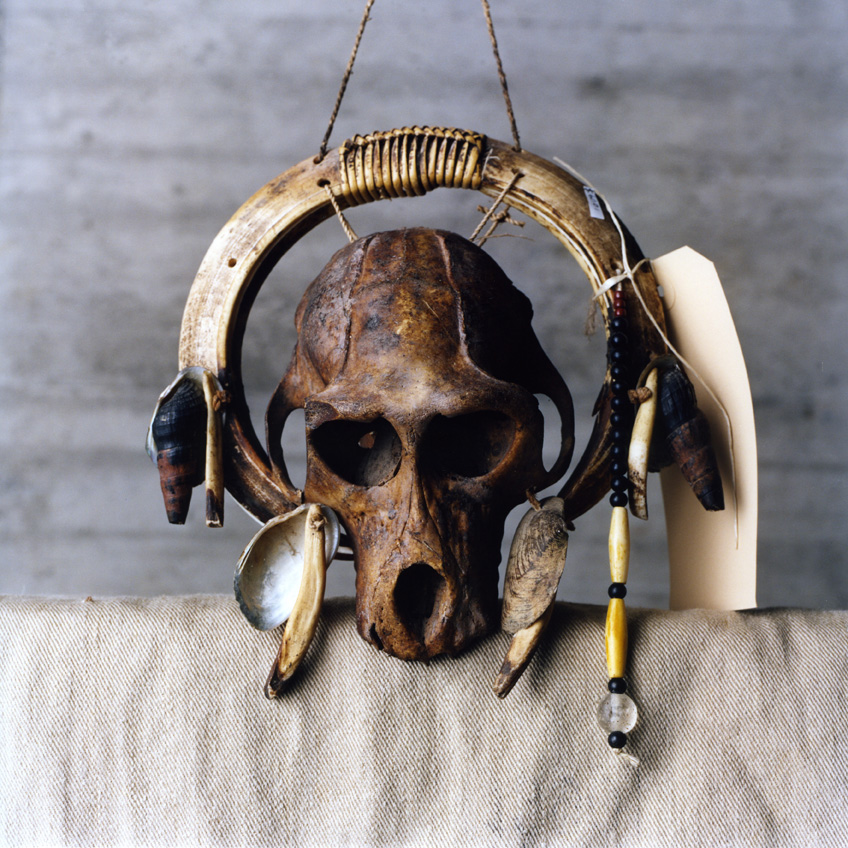How the law protects rare species – or not

International trade in wild species is not always harmful to the ecosystem. In fact, it can help to preserve plants and animals. But it needs to be conducted in a controlled and transparent way, as Swiss expert Mathias Lörtscher explains.
Lörtscher is head of conservation of species at the Swiss Federal Veterinary Office, and since 2004 he has been one of the scientific experts on the Animals Committee of the Convention on International Trade in Endangered Species of Wild Fauna and Flora (Cites).
swissinfo.ch: What was the most shocking thing you have had to deal with since you have been working for Cites?
Mathias Lörtscher: The massacre of elephants in Cameroon in summer 2012. The poachers killed hundreds of animals in one fell swoop.
swissinfo.ch: And in Switzerland?
M. L.: The most sensational case involved a person who had illegally bought and sold hundreds of hunting trophies and pieces of ivory. I can also remember a man responsible for a vast trade in parrots. He imported eggs secretly, hatched them and sold the parrots claiming that they were Swiss.
swissinfo.ch: Were the guilty parties punished?
M. L.: Certainly. Such offences can even carry a prison sentence. In these cases a fine of SFr40,000 ($43,800) was imposed, the largest sum allowed by law.
swissinfo.ch: For SFr40,000 it would be almost worth the risk, though, wouldn’t it?
M. L.: In a sense, yes. But with the new Cites law which comes into effect in May 2013 it will be possible to impose fines of up to a million francs.
swissinfo.ch: This year marks the 40th anniversary of the adoption of Cites. What decision would you pick out as one of its major successes?
M. L.: I would say the one about crocodiles. In the early days of Cites, most of the species, including the American alligator, were listed in Appendix 1 of the Convention. That means that international trade was forbidden because it endangered their survival.
Thanks to the introduction of an inspection system which involves labelling the skin of every animal, we have been able to combat the illegal trade. Parallel to this we have developed a system for monitoring the populations in the wild.
The result is that today the number of alligators is increasing and trade in them is allowed. Switzerland imports over a million watch straps per year, mostly made of crocodile and alligator skin.
The international trade does not necessarily harm species. When it is controlled and sustainable, it can in fact have positive effects – for example, the public will be interested in preserving the species and their habitat.
The Convention on International Trade in Endangered Species of Wild Fauna and Flora (Cites, also known as the Washington Convention) was adopted on March 3 1973 at the initiative of the International Union for the Conservation of Nature (IUCN).
Its objective is to regulate trade in plants and animals, live or dead, and their by-products (which include foodstuffs, exotic leather or ivory, wooden musical instruments, souvenirs for tourists, and medicines).
The convention deals only with species threatened by international trade. Cites is not to be confused with the IUCN’s red list, which contains all endangered species.
Cites covers about 5,000 animal species and 25,000 plant species. These are subdivided into three lists regulated by the convention’s appendices. Appendix 1 bans international trade in the species it lists (with exceptions), while Appendices 2 and 3 allow trade if it is sustainable.
There are 177 signatory countries.
Its secretariat is in Geneva, and is administered by the United Nations Environment Programme (UNEP).
Switzerland, which is also the seat of IUCN and WWF, is the depository of the convention. the Federal Veterinary Office in collaboration with the Customs Administration is charged with Implementating its provisions.
swissinfo.ch: Which species did Cites fail to get the results it hoped for?
M. L.: Essentially two: the elephant and the sturgeon. To protect the sturgeon we tried labelling all the containers of caviar sold. This did not have the desired effect: today the wild sturgeon cannot be marketed because there are so few specimens left.
swissinfo.ch: What was the reason for these failures
M. L.: The countries where the animals come from and those that buy the products didn’t follow the rules. Take the example of ivory, where international trade is basically banned. In Africa there are two different worlds: the countries that monitor and protect elephants like South Africa, Botswana, Namibia and to some extent Zimbabwe, and the countries that can’t or won’t do what is needed to save their elephants. Often there is a local trade in ivory, but it is not targeted.
swissinfo.ch: How about legalising a controlled sale of ivory, for example by putting the existing African stocks on the market? Could that be a solution?
M. L.: The countries of southern Africa would like to be able to sell ivory again and use the proceeds to protect the elephant and support local communities. Other countries take the view that liberalisation would only intensify the illegal trade. On this point Cites itself is divided.
swissinfo.ch: What are the most worrying recent developments?
M. L.: The pace of world trade is getting faster and faster, and countries intend to facilitate it even further. For someone trying to monitor things, like ourselves, this is dangerous because frontiers are getting more permeable. Here customs officers are our eyes and ears and collaborate closely with the Federal Veterinary Office. So we support the proposal from the WWF to have dogs in airports that specialise in protection of species.
swissinfo.ch: How does Cites get a country to live up to its commitments?
M. L.: Every country is supposed to submit an annual report on trade in wild species. Every three years the Animals Committee and the Plants Committee of Cites review the data on trade. We can also request exporting countries to show, with supporting data, that commercial activity involving a particular species is sustainable.
If the country in question does not collaborate, international trade for that species will be banned. For countries that want to exploit their natural resources that can be a heavy blow.
swissinfo.ch: Is this not likely to encourage the illegal trade?
M. L.: There is that risk. To give an example, we banned the export of a number of species of parrot from particular African countries. The next year, their neighbours who had never exported them before started a trade in parrots…
swissinfo.ch: Is this where Cites falls down?
M. L.: I wouldn’t say so. We take a carrot-and-stick approach. On one hand, we help countries to carry on legal trade, even giving them a certain amount of know-how. On the other hand, if they do not follow the rules, we ban the trade.
The limitations of Cites have to do with the very nature of the convention: we can intervene only in the context of international trade. If a species is being hunted to extinction in a particular country, but is not commercialised internationally, there’s nothing we can do.
(translated from Italian by Terence MacNamee)

In compliance with the JTI standards
More: SWI swissinfo.ch certified by the Journalism Trust Initiative





You can find an overview of ongoing debates with our journalists here. Please join us!
If you want to start a conversation about a topic raised in this article or want to report factual errors, email us at english@swissinfo.ch.